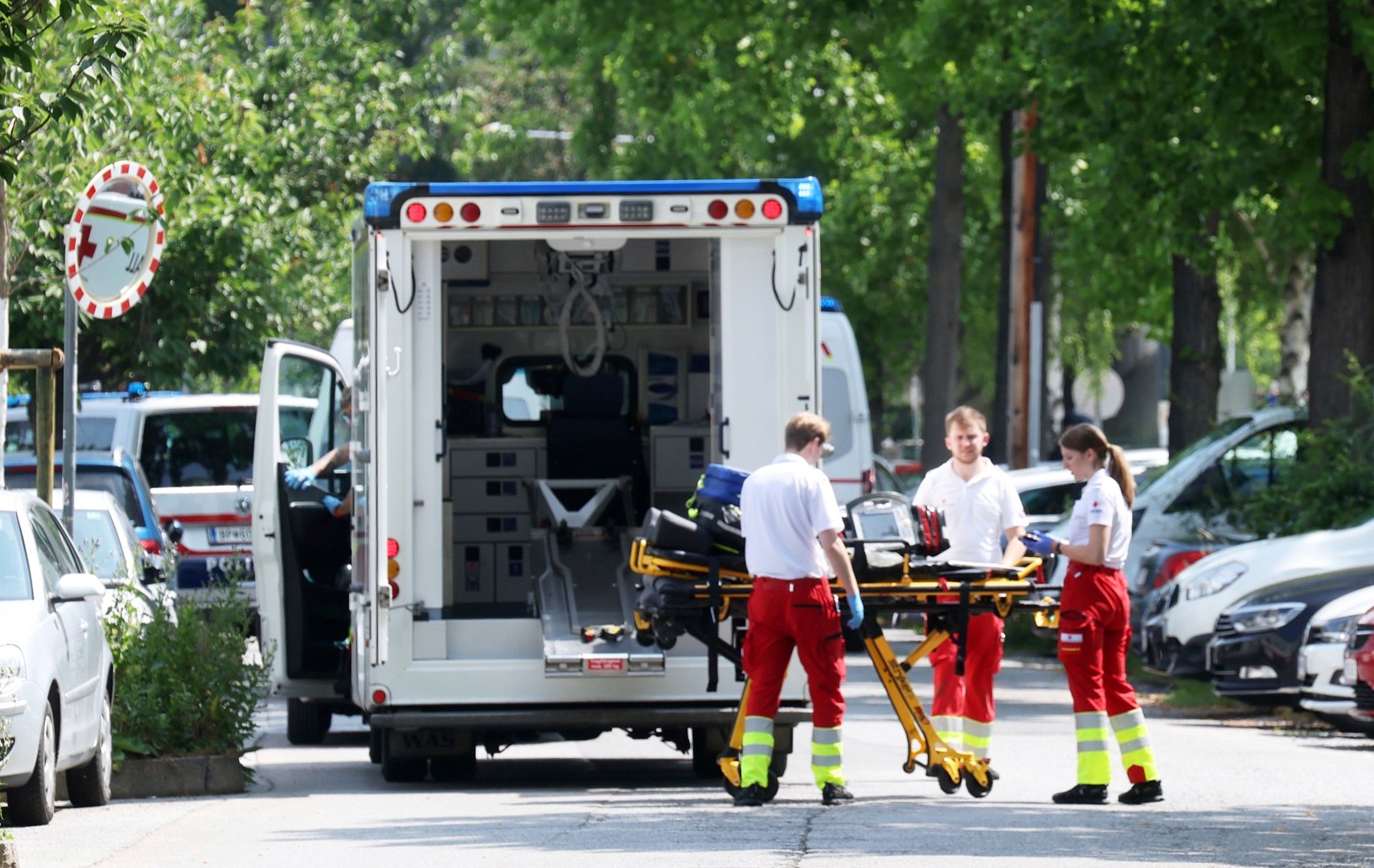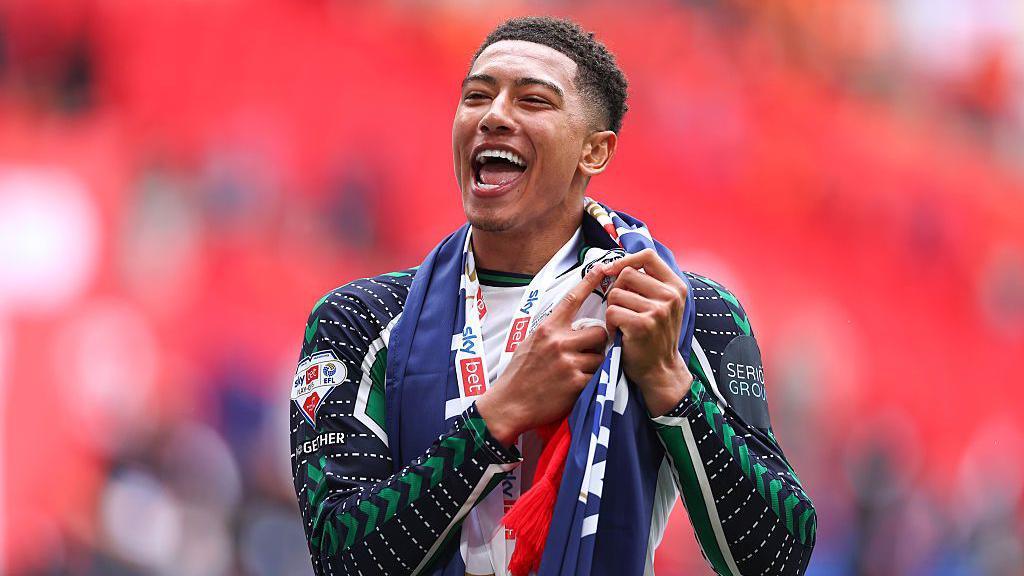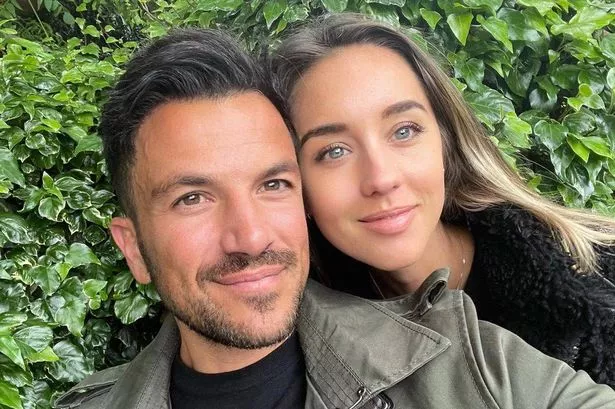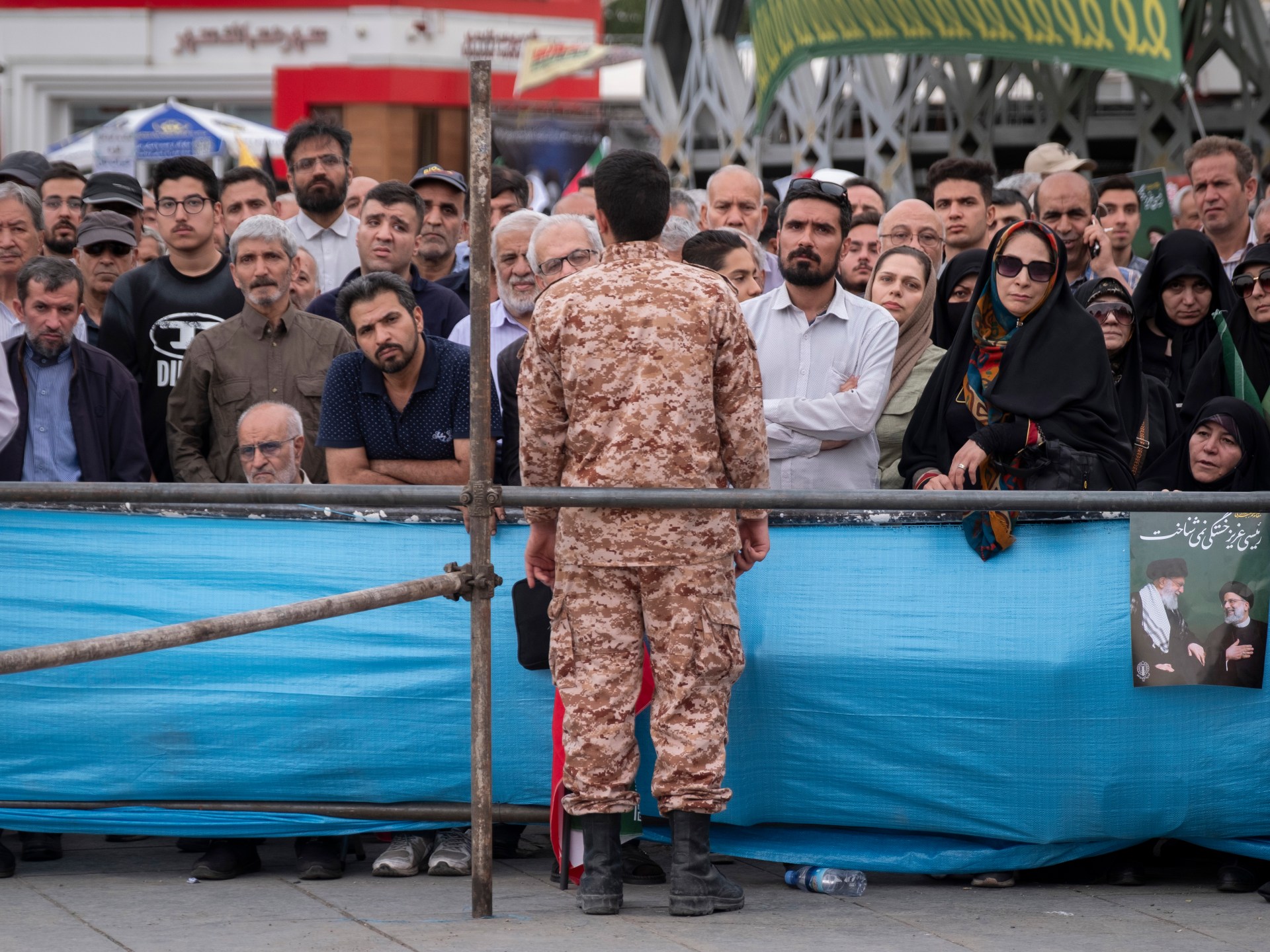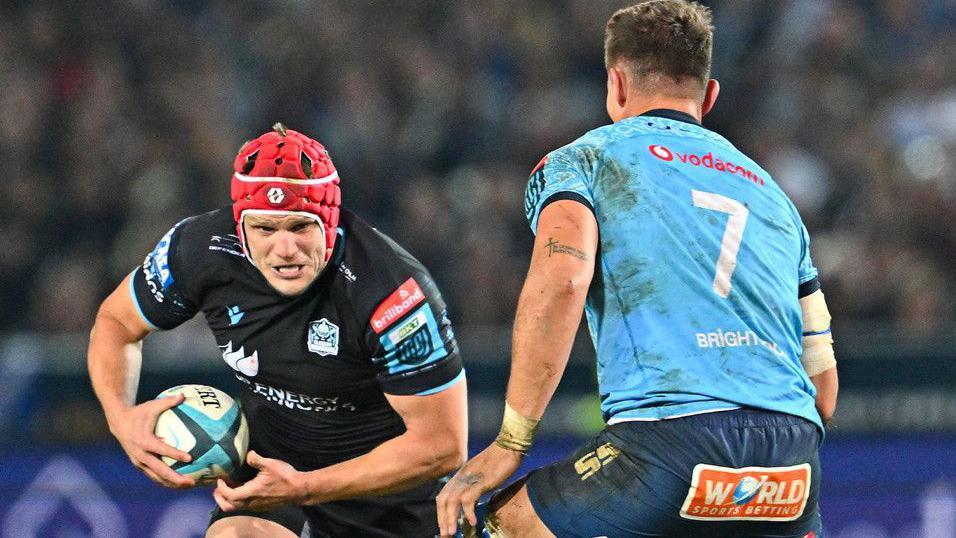A shooter has opened fire at a high school in Austria’s second most populous city, Graz. At least 10 people have died, including the suspect, according to the city’s mayor and police.
The attack on Tuesday represents the Central European nation’s deadliest mass shooting outside wars.
Here is what we know so far:
What happened — and where?
The shooting occurred in the morning at the BORG Dreierschutzengasse secondary school in Graz, the capital of the southern Austrian province of Styria.
Police were called to the school at around 10am (08:00 GMT) after shots were heard there.
Graz is about 200km (124 miles) southwest of Vienna and is home to historic landmarks like the Uhrturm, or Clock Tower, on the Schlossberg hill. The city of more than 300,000 people is the second most populous in the country after Vienna.
Known for its universities and colleges, Graz is a demographically diverse city. Foreign nationals make up a quarter of its population, with Croatians, Romanians, Germans and Bosnians the four largest groups, according to the city administration, as of January.
What do we know about the victims?
At least 10 people have been killed, the Austrian news agency APA quoted Graz Mayor Elke Kahr as saying.
The police and Kahr independently confirmed that the suspect was among the dead.
Interior Minister Gerhard Karner said that there were six female victims and three male victims in the shooting, apart from the male shooter.
Police said at least 30 people were injured.
It is unclear whether the dead and injured are primarily students, teachers or others at the school.
What do we know about the shooter?
Austrian newspapers Kurier and Salzburger Nachrichten identified the suspect as a 22-year-old former student. Salzburger Nachrichten said he had been a victim of bullying.
The shooter reportedly carried a pistol and a shotgun and opened fire on pupils in two classrooms, one of which had once been his classroom.
APA and Kronen Zeitung, Austria’s largest newspaper, separately reported that the suspect was found dead in a bathroom.
The local police wrote in an X post that they were operating on the assumption that the perpetrator was acting alone.
What are the authorities saying?
Austrian Chancellor Christian Stocker described the attack as a “national tragedy” in a statement posted on X.
“The rampage at a school in Graz is a national tragedy that has deeply shaken our entire country,” he wrote. “There are no words for the pain and grief that we all – all of Austria – are feeling right now.”
Stocker announced on Tuesday that Austria will hold three days of mourning in the wake of the incident.
President Alexander Van der Bellen also released a statement on X, saying: “These were young people who had their whole lives ahead of them. A teacher who accompanied them on their journey. There is nothing that can ease the pain felt by the parents, grandparents, siblings and friends of the murdered people at this moment.”
What is the latest on the ground?
The police wrote that a police operation was under way at the scene.
The local police wrote on X: “The school was evacuated and all persons were taken to a safe meeting point” at 11:31am (09:31 GMT) on Tuesday. They added that officers had secured the school and they did not anticipate any further danger for anyone.
The police added that authorities had earmarked ASKO Stadium, home of local football club ESK Graz, as the designated meeting point for parents of students at the school. A police helicopter, officials said, was being used in the rescue operation.
Earlier, ambulances were seen outside the school.
What are the reactions to the incident?
European Union foreign policy chief Kaja Kallas wrote in an X post: “Every child should feel safe at school and be able to learn free from fear and violence. My thoughts are with the victims, their families and the Austrian people in this dark moment.”
European Commission chief Ursula von der Leyen wrote in an X post: “Schools are symbols of youth, hope, and the future. It’s hard to bear when schools become places of death and violence.”
Ukrainian President Volodymyr Zelenskyy wrote on X: “Schools should never become places of violence. Our hearts go out to the victims, their families, and the people of Austria.”
Have there been shootings in Austria in the past?
Yes.
Mass shootings in Austria date back to at least 1981 when a machine gun and grenade attack killed two people and injured 30 at a synagogue. The attack targeted people leaving a bar mitzvah ceremony. In 1982, two Palestinian men born in Jordan and Iraq were sentenced to life imprisonment for that attack.
In 2013, an alleged deer poacher shot dead three policemen and an ambulance driver while being chased by the police near the Austrian town of Annaburg. The perpetrator was identified as Alois Huber.
In 2016, a gunman opened fire at a concert in the town of Nenzing, killing two people and fatally shooting himself. Eleven people were injured. The shooter, Gregor Schallert, had been involved in a heated argument with his girlfriend before he opened fire, according to local reports.
In 2020, four people were killed and 23 were injured in a shooting in Vienna hours before the capital was to enter lockdown during the COVID-19 pandemic. The gunman was shot dead by the police. Authorities described the shooter as a sympathiser of the ISIL (ISIS) armed group.
How common is gun ownership in Austria?
Gun ownership is common in Austria, with about 30 firearms per 100 people, according to the independent research project Small Arms Survey. This makes Austrians one of the most heavily armed populations in Europe.
“People here have been saying that this is something that we used to watch on television, in places like the United States of America, Germany, or France,” Al Jazeera’s Hashem Ahelbarra said, reporting from Graz. “And that they never imagined that something like this could happen right here, in their country.”
Machine guns and pump-action guns are banned in Austria.
